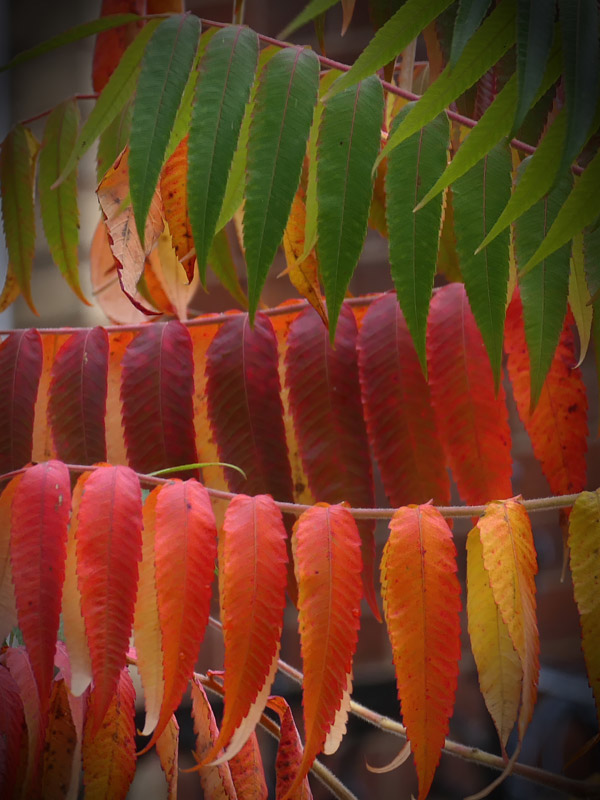The pollarded willow tree above featured in a photograph with vapour trails that I took in June. This was shortly after it had been cut and all the year's shoots had been removed. The photograph above is testament to the resilience of the willow: by next year it will have quite a full head of shoots and branches. I took this photograph at sunset as we walked by the River Wye, the warm tinges of the sunlit clouds contrasting with the cold blue of the sky and the growing shadows. The image is a reminder that winter will offer warmth to photographs but mainly when the sun is near the horizon.
photos © T. Boughen Camera: Lumix FZ1000 2
















